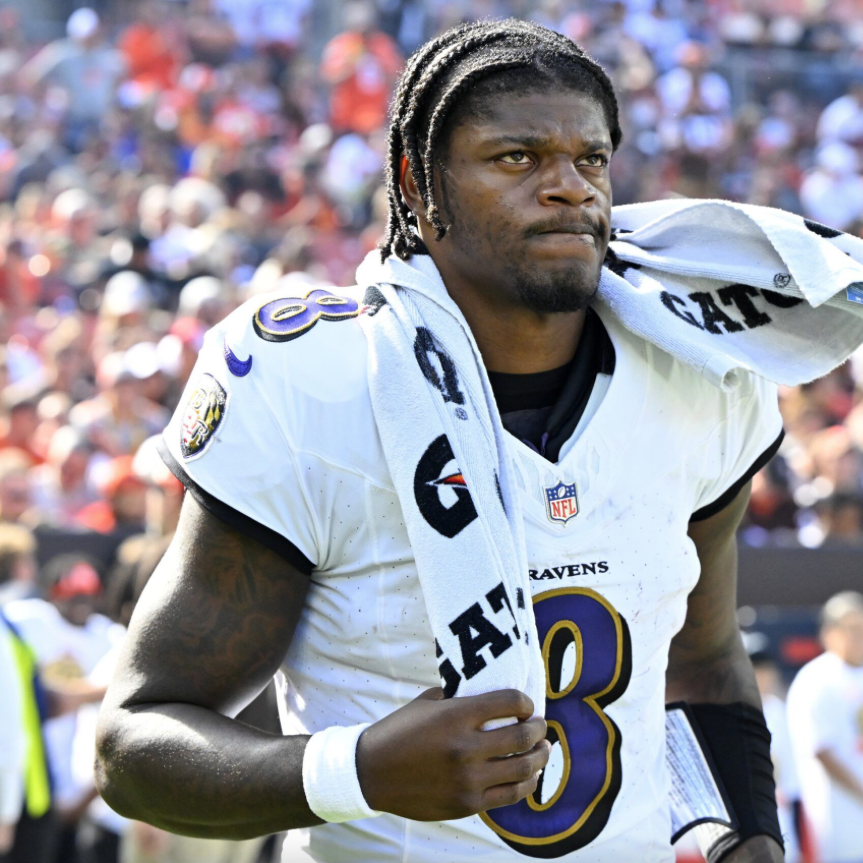Active U.S. Hate Groups in 2008
Ku Klux Klan
186 Hate Groups Found
» Read a list of hate incidents
The Ku Klux Klan, with its long history of violence, is the most infamous — and oldest — of American hate groups. Although black Americans have typically been the Klan's primary target, it also has attacked Jews, immigrants, homosexuals and, until recently, Catholics. Over the years since it was formed in December 1865, the Klan has typically seen itself as a Christian organization, although in modern times Klan groups are motivated by a variety of theological and political ideologies.
Started during Reconstruction at the end of the Civil War, the Klan quickly mobilized as a vigilante group to intimidate Southern blacks — and any whites who would help them — and to prevent them from enjoying basic civil rights. Outlandish titles (like imperial wizard and exalted cyclops), hooded costumes, violent "night rides," and the notion that the group comprised an "invisible empire" conferred a mystique that only added to the Klan's popularity. Lynchings, tar-and-featherings, rapes and other violent attacks on those challenging white supremacy became a hallmark of the Klan.
After a short but violent period, the "first era" Klan disbanded after Jim Crow laws secured the domination of Southern whites. But the Klan enjoyed a huge revival in the 1920s when it opposed (mainly Catholic and Jewish) immigration. By 1925, when its followers staged a huge Washington, D.C., march, the Klan had as many as 4 million members and, in some states, considerable political power. But a series of sex scandals, internal battles over power and newspaper exposés quickly reduced its influence.
The Klan arose a third time during the 1960s to oppose the civil rights movement and to preserve segregation in the face of unfavorable court rulings. The Klan's bombings, murders and other attacks took a great many lives, including, among others, four young girls killed while preparing for Sunday services at the 16th Street Baptist Church in Birmingham, Ala.
Since the 1970s the Klan has been greatly weakened by internal conflicts, court cases, a seemingly endless series of splits and government infiltration. While some factions have preserved an openly racist and militant approach, others have tried to enter the mainstream, cloaking their racism as mere "civil rights for whites." Today, the Center estimates that there are between 5,000 and 8,000 Klan members, split among dozens of different — and often warring — organizations that use the Klan name.






